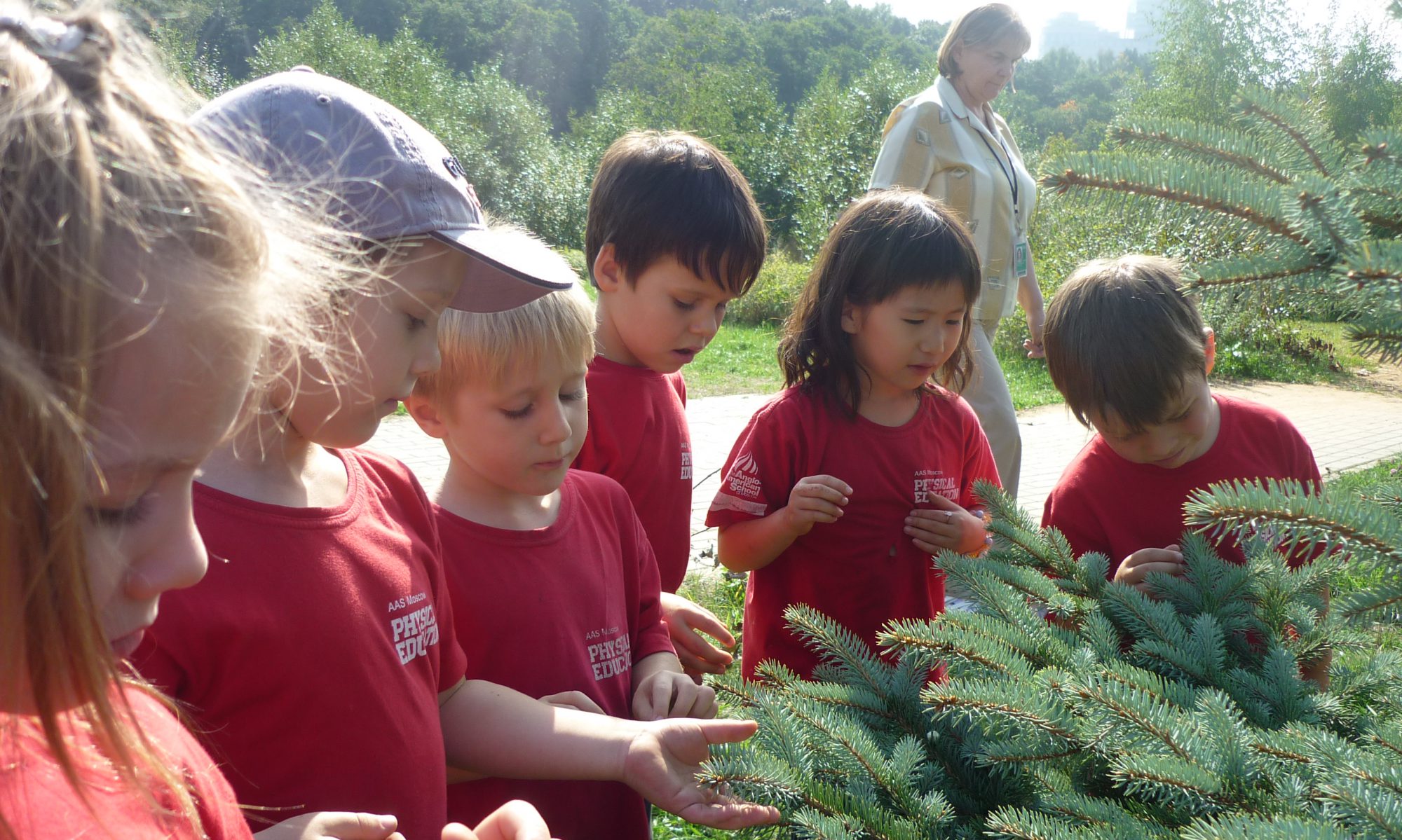 What did we learn about measurement…
What did we learn about measurement…
- We measured people and we measured other objects.
- Objects and people can be different sizes.
- We always have to check twice after we measured.
- We always need to measure from one end to the other end.
- We always need to count slowly when you finished.
- Take your time to measure.
- The things that you are measuring with has to be the same.
- We can use objects like crayons, cubes, links, plastic foots, paper, books, markers, erasers etc. to measure other larger objects.
- We can use everything to measure.
- WE HAVE FUN MEASRUING STUFFS…
Unit of Inquiry – Who We Are
Students finished sharing their “About Me” box. Thank you for helping them with this project. They did a great job sharing and showing who they are and how they are unique.  We discussed in depth about what feelings we have and how to express them. Students applied their writing skills to create their “My Feelings” Book. This process increases their awareness of their emotions. It laid a good foundation for helping students find appropriate ways to express themselves.
We discussed in depth about what feelings we have and how to express them. Students applied their writing skills to create their “My Feelings” Book. This process increases their awareness of their emotions. It laid a good foundation for helping students find appropriate ways to express themselves.




